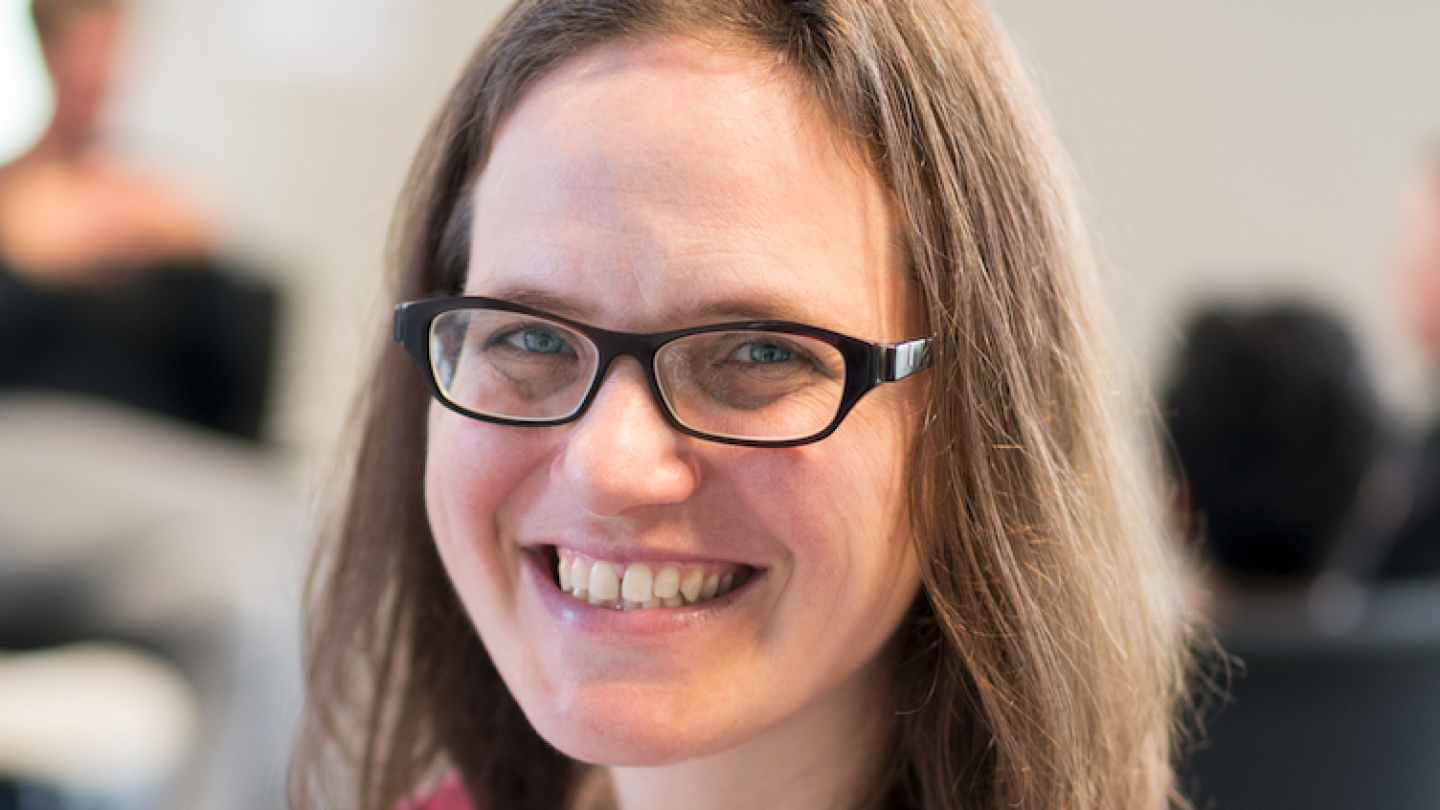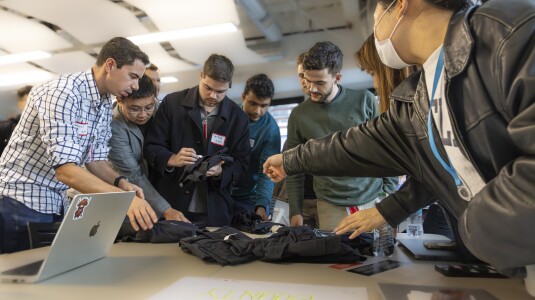Betty Mohler is a principal research scientist at Amazon. Mohler was a professor at the Technical University of Darmstadt focusing on sensorimotor control and learning. In 2017, Betty decided to leave academia, and take on a full-time role at Amazon. In this interview, Mohler talks about her work in the field of virtual reality, why she decided to join Amazon, and her experience working at the company.
Tell us a little about your background.
Since 2001, my primary research focus has been virtual reality. I have specifically focused on computer generated worlds. As an undergraduate, I worked on a National Science Foundation project building surgical simulators in immersive displays. My work led me to get my PhD at the University of Utah in computer science, where I also had a co-supervisor in cognitive neuropsychology. As part of my research, I studied the adaption of human behavior in virtual reality, which was especially relevant for training using immersive computer generated content.
At the time I received my PhD, virtual reality headsets hadn’t become commoditized. Headsets cost upwards of $25,000. To avail myself of the latest in VR equipment, I moved to Germany to work at one of the best virtual reality facilities in the world at that time. The Max Planck Institute for Biological Cybernetics has a building they call the Cyberneum; it enabled me and my research group to conduct world-class research. (They have an omni-directional treadmill, a full motion capture facility and even a robotic roller-coaster repurposed for research into human motion perception). More importantly, the Max Planck Society attracts extremely talented scientists from all disciplines and from all over the world.

In 2017, I took on a professorship at the Technical University of Darmstadt focusing on sensorimotor control and learning as part of their newly founded Cognitive Science Center. The multi-disciplinary nature of designing technology for humans, and the need to understand human perception, behavior and cognition were the primary focus areas for my research. Over the last five years, I have focused on digital humans, body scans and/or 3D self-avatars, and how having a body (digital or real) influences human perception and experience. A reoccurring finding in my articles and studies is that self-avatars are important for people to perceive and behave in computer generated worlds as if they are real. Our bodies are extremely important in how we visually experience the world around us.
What was your initial reaction when you were contacted by Amazon?
I had never really seriously considered leaving academia. But then I began having discussions with recruiters from Amazon, along with former colleagues from the Max Planck Society and other academics I knew who started working for Amazon. I was looking for a company to collaborate with during the semester breaks—primarily because so much exciting research is being accomplished in leading technology companies in areas such as virtual reality, computer vision and machine learning. Initially, I would have never thought that I’d end up working full-time for Amazon. However, when I interviewed in Seattle, I was delighted at the number of interesting questions that were asked in the course of our discussions. The idea that I could collaborate with so many talented scientists, developers, managers and UX designers to answer novel research questions was enticing. Finally- the idea that that research could be translated into a tangible product felt like a whole new adventure compared to my 20 years of experience in academia.
Why did you decide to take on a job with the company?
I was drawn to Amazon’s customer-obsessed outlook, and the areas where the company was furthering innovation.
I have always wanted my research to have a more direct and immediate impact on society and the lives of people. In my research, I have always focused on the user of my virtual reality content. I felt it was a great fit for me to obsess over the customer and what would delight them in terms of products.
In addition, it was clear to me that Amazon is pushing the state-of-the-art in hardware and software for intelligent homes. In particular, the Echo Show interests me in terms of the capability to “drop in” with loved ones. Telepresence has been a driving research focus in immersive virtual reality for a long time –that is truly being able to be present in a shared space with someone else virtually. Of course- these devices are taking just the first steps towards having a more connected world in terms of allowing us to be able to really experience dropping in on our loved ones, or colleagues. However, starting with something and getting feedback from customers is a truly exciting approach to developing the best products and customer experience.
If you are curious and want to learn more about how research results translate into product development, and you want the resources to make your vision a reality, Amazon is a great company.
What has surprised you the most about your experience working at Amazon?
A big “wow” moment at Amazon for me was when after just two months of working at Amazon, I designed an internal research survey. I launched it around bedtime (German Time). By the time I woke up the next morning, we had more than 3,000 responses. Our focus in any data collection effort is to determine what is the least amount of data we need to improve the customer experience. The fast pace is really a great shift from what you can typically experience in academia.
Why would you recommend other academics to get involved with Amazon?
If you are curious and want to learn more about how research results translate into product development, and you want the resources to make your vision a reality, Amazon is a great company. Additionally, there are so many excellent scientists working at Amazon, you’ll find that your academic and intellectual network will grow quickly in a very meaningful way.





